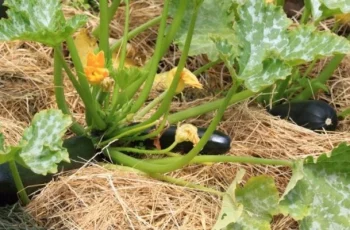Stink bugs become a persistent nuisance for homeowners, particularly in fall when they seek indoor warmth. These invasive pests frustrate with their sheer numbers and the foul odor they release when disturbed. Effectively eliminating stink bugs requires a combination of prevention, natural deterrents, and strategic pest control measures tailored to their behavior.

Understanding Stink Bugs
Stink bugs, such as the brown marmorated species, are shield-shaped insects originally from Asia. They feed on plants and have spread widely across North America. When threatened, they emit a pungent smell, complicating removal efforts. As temperatures drop in autumn, they infiltrate homes through small openings, posing no direct health risks but overwhelming in quantity.
Preventing Entry
The first line of defense is blocking their access. Seal cracks around windows, doors, vents, and utility entries with caulk or weather stripping. Install fine mesh screens over vents, chimneys, and attic openings, and promptly repair any torn window screens to ensure no gaps remain for stink bugs to exploit.
Natural Repellents
Simple homemade solutions can deter or kill stink bugs. Mix water with dish soap to create a spray that suffocates them on contact. Alternatively, dilute essential oils like peppermint, clove, or garlic in water and apply to entry points—these strong scents repel stink bugs effectively without harsh chemicals.
Outdoor Strategies
Leverage nature to reduce stink bug numbers outdoors. Encourage predators such as birds, spiders, and praying mantises by providing birdhouses or leaving spider webs intact. Plant repellent flora like marigolds, chrysanthemums, or garlic near entryways and gardens to create a natural barrier that discourages stink bugs from approaching.
Indoor Removal
Once inside, remove stink bugs carefully to avoid triggering their odor. Use a vacuum with a bag to suck them up without crushing them, then seal and dispose of the bag outside immediately. Set up sticky traps near windows, doors, and light sources to capture them early and monitor the extent of the infestation.
Chemical Solutions
For severe infestations, chemical options may be necessary. Apply insecticides specifically labeled for stink bugs to exterior walls and entry points, adhering strictly to safety instructions. If the problem persists or worsens, consult a pest control professional who can implement targeted, long-lasting treatments.
Long-Term Management
Prevent re-infestations with consistent upkeep. Keep your home tidy by reducing clutter, vacuuming regularly, and cleaning surfaces with vinegar or citrus-based solutions to erase attractants. Routinely inspect for new cracks, maintain screens, and reapply deterrent sprays to entry points to sustain a stink bug-free environment.

Conclusion
Stink bugs are a manageable pest with the right tactics. By sealing entry points, using natural repellents, and employing both indoor and outdoor strategies, you can keep your home free of these smelly invaders year-round. Persistence and prevention are key to long-term success.



